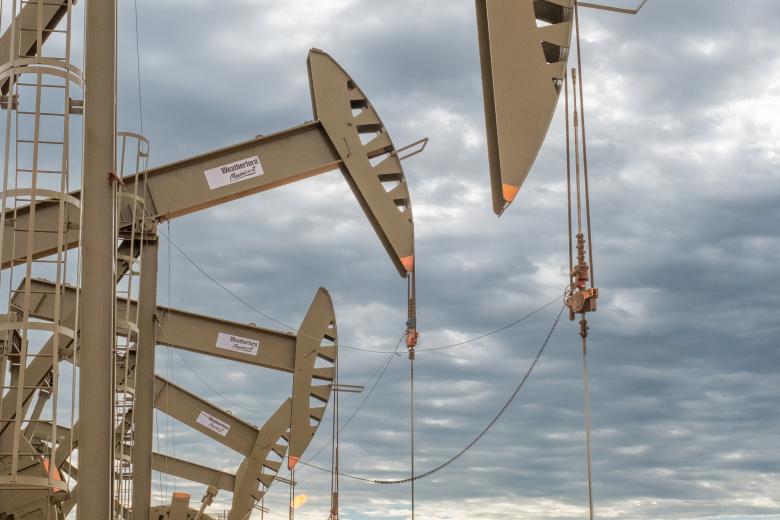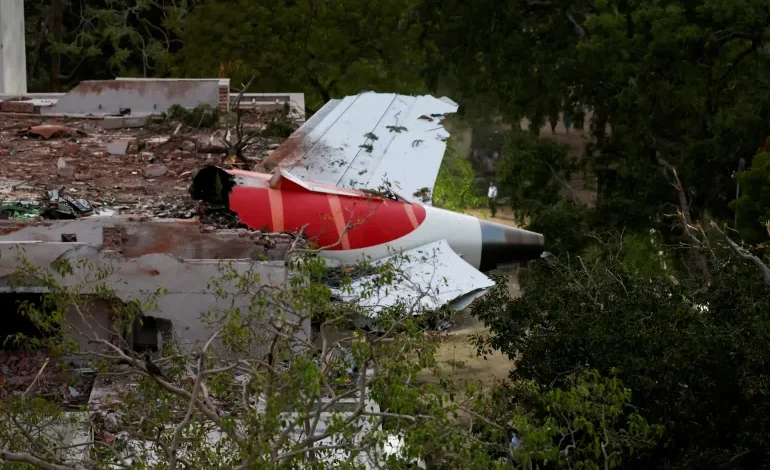India’s aviation watchdog has ordered all airlines using certain Boeing aircraft to inspect their engine fuel-control switches in the wake of the last month’s fatal crash of an Air India Boeing 787 Dreamliner.
The crash occurred shortly after takeoff in Ahmedabad on June 12 and claimed 260 lives. A preliminary inquiry revealed that both fuel-control switches had been flipped to the “cutoff” position just seconds apart, with no cause of the switch movements yet revealed.
India’s Directorate General of Civil Aviation (DGCA) has now ordered to complete checks by July 21. The directive applies yo Boeing 787 aircraft and select Boeing 737 models in line with a 2018 U.S. Federal Aviation Administration advisory that revealed a potential risk in the fuel-switch locking mechanism. This guidance was not previously obligatory.
The DGCA’s announcement stressed that ensuring these switches are correctly locked is vital to preventing fuel flow disruptions mid-flight.
Air India has already inspected its fleet of 787s and 737s, saying that no issues were found so far. The airline’s head outllined that there were no mechanical or maintenance faults aboard the crashed aircraft, and said pilots had passed all standard pre-flight checks.
Pilot unions in India have called on the communities to keep restraint after the preliminary findings. The Indian Commercial Pilots Association and the Airline Pilots’ Association said that it was premature to assign blame, saying that speculation over deliberate switch movement was “reckless” and “unfounded.”
Similarly, South Korea has announced checks for its airlines, and many air carriers worldwide are reviewing their Boeing aircraft. Boeing and the U.S. Federal Aviation Administration maintain that the fuel-switch system is safe.
With input from Al Jazeera










The latest news in your social feeds
Subscribe to our social media platforms to stay tuned